New SQ7 retains speed despite unchanged power, surpassing previous model.
Audi has taken us by surprise with a rejuvenating transformation of the Q7 and SQ7, their mid-sized, three-row SUV duo. The main emphasis of the updates is on a revamped front look, with minimal changes to the mechanical aspects of the new and previous versions.
The revamped Audi Q8 and SQ8 models are easily distinguishable from their predecessors due to their redesigned exterior lighting. The top-of-the-line Q7 and SQ7 now boast HD Matrix LED headlights, which offer laser light high beams that can be used at speeds over 43.5 mph. These headlights also have the unique feature of selectable light signatures, similar to those found in the upgraded Audi SQ8. Additionally, the taillights on these models have been given a digital upgrade, with OLED clusters and four different light designs to choose from. This level of control and personalization was not previously available from the manufacturer.
Accompanying these enhancements are subtly updated front and back fascias, the former showcasing a fresh take on the Audi Singleframe grille with vertical inserts (on the SQ7, these inserts are shaped like an L) and air intake surrounds in matching body color.
According to Audi, the new design has become significantly more simplistic and free from unnecessary style elements that hold no practical value – however, the final verdict is up to you.
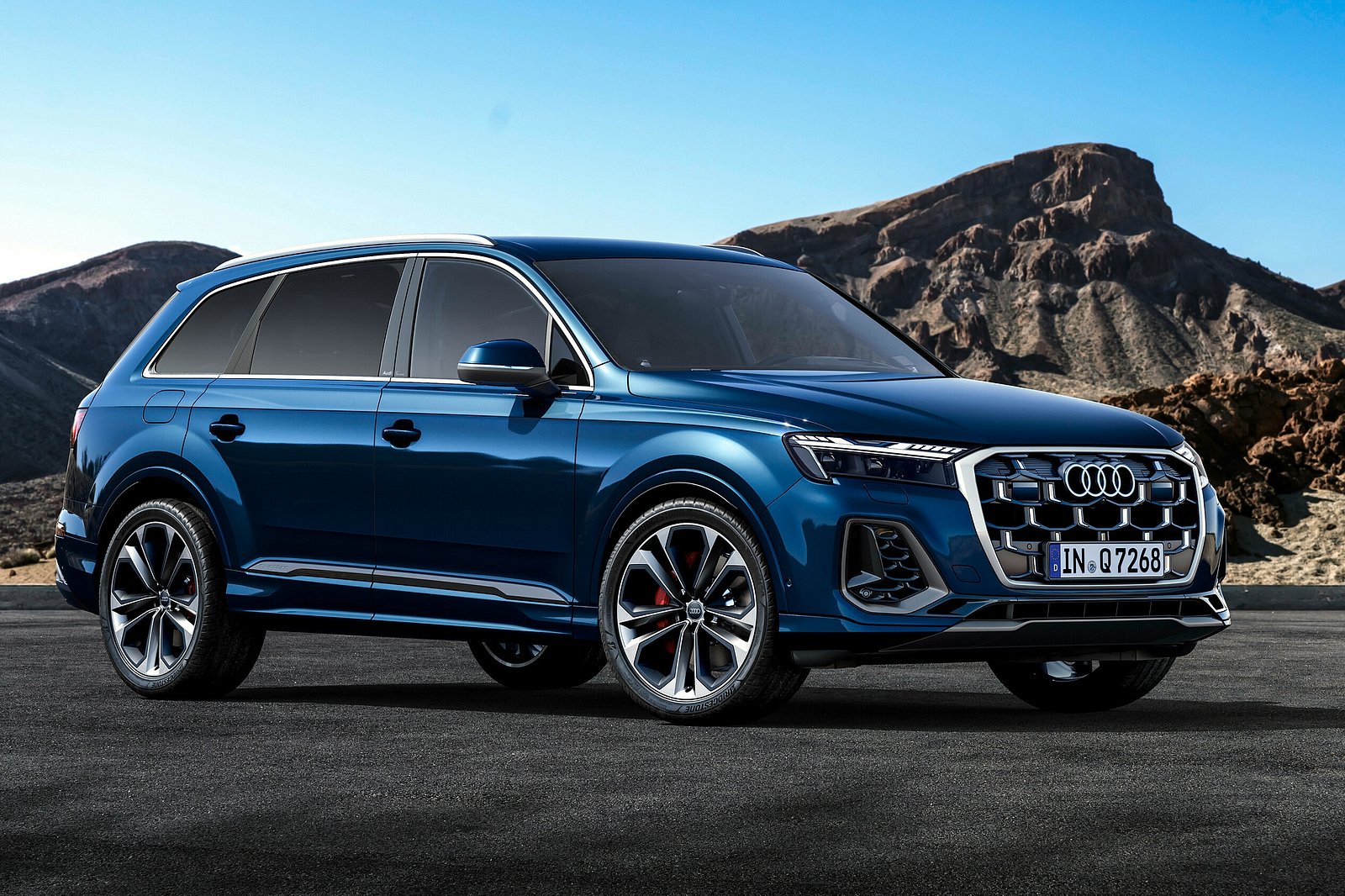
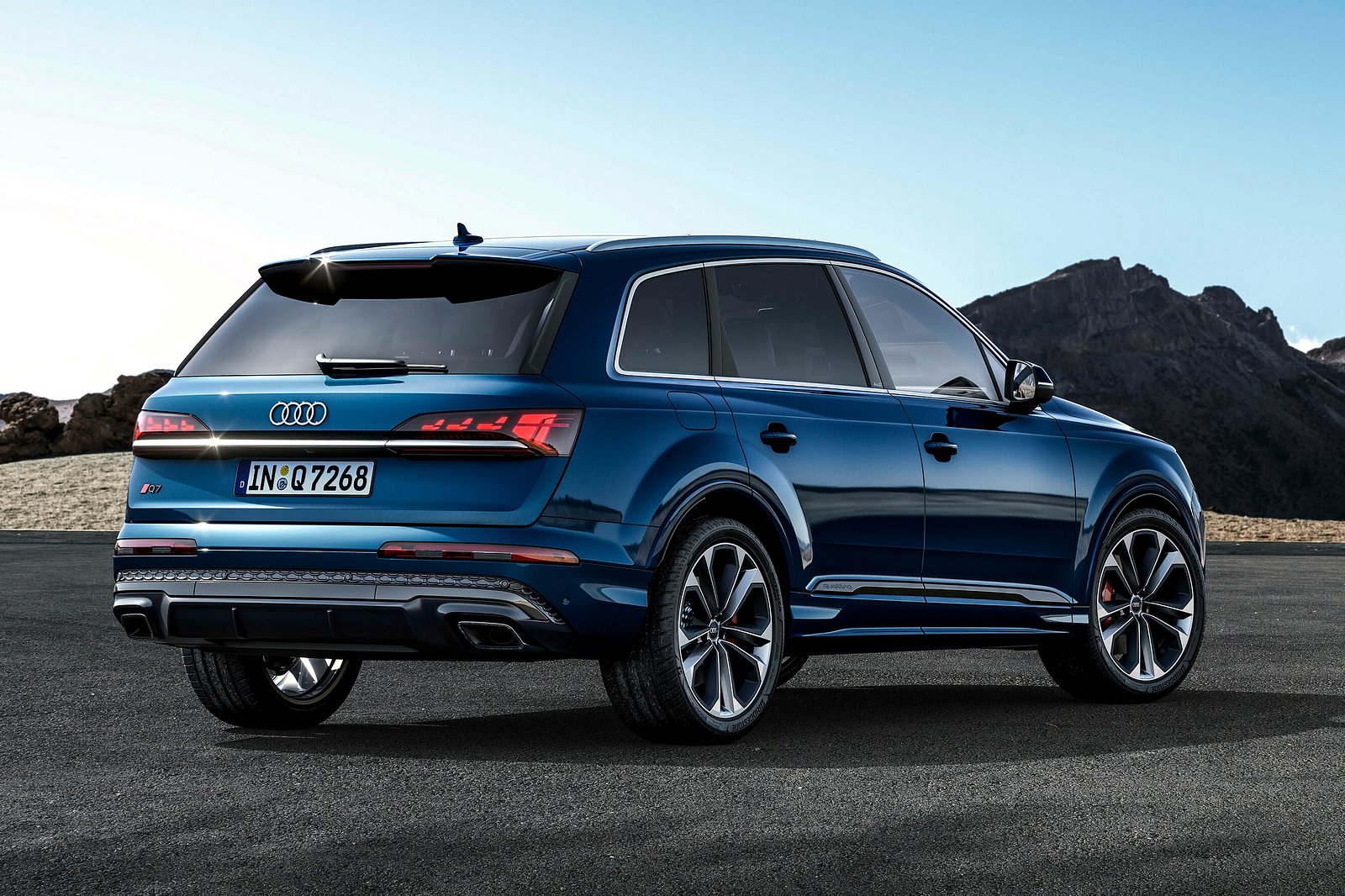
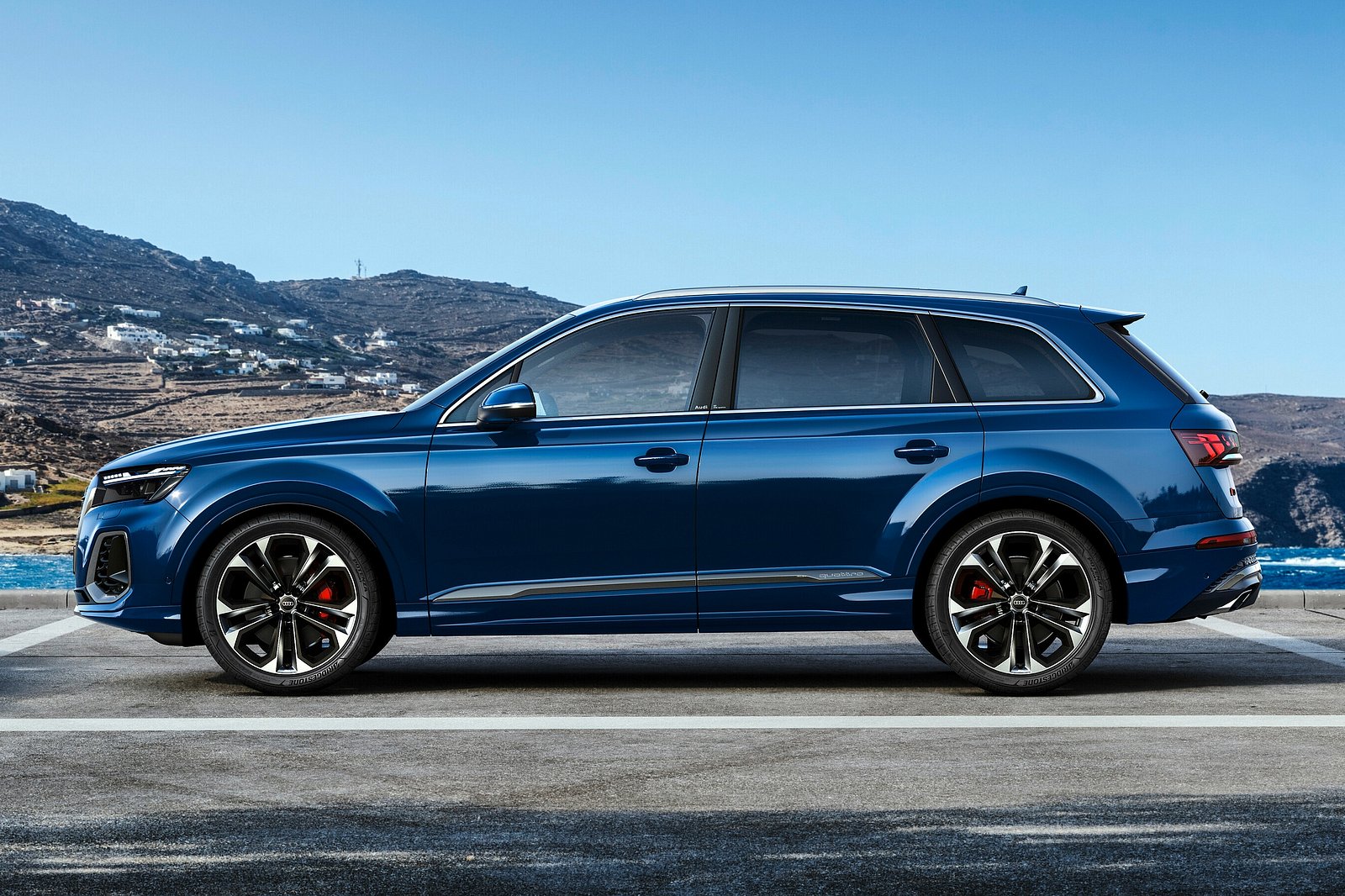
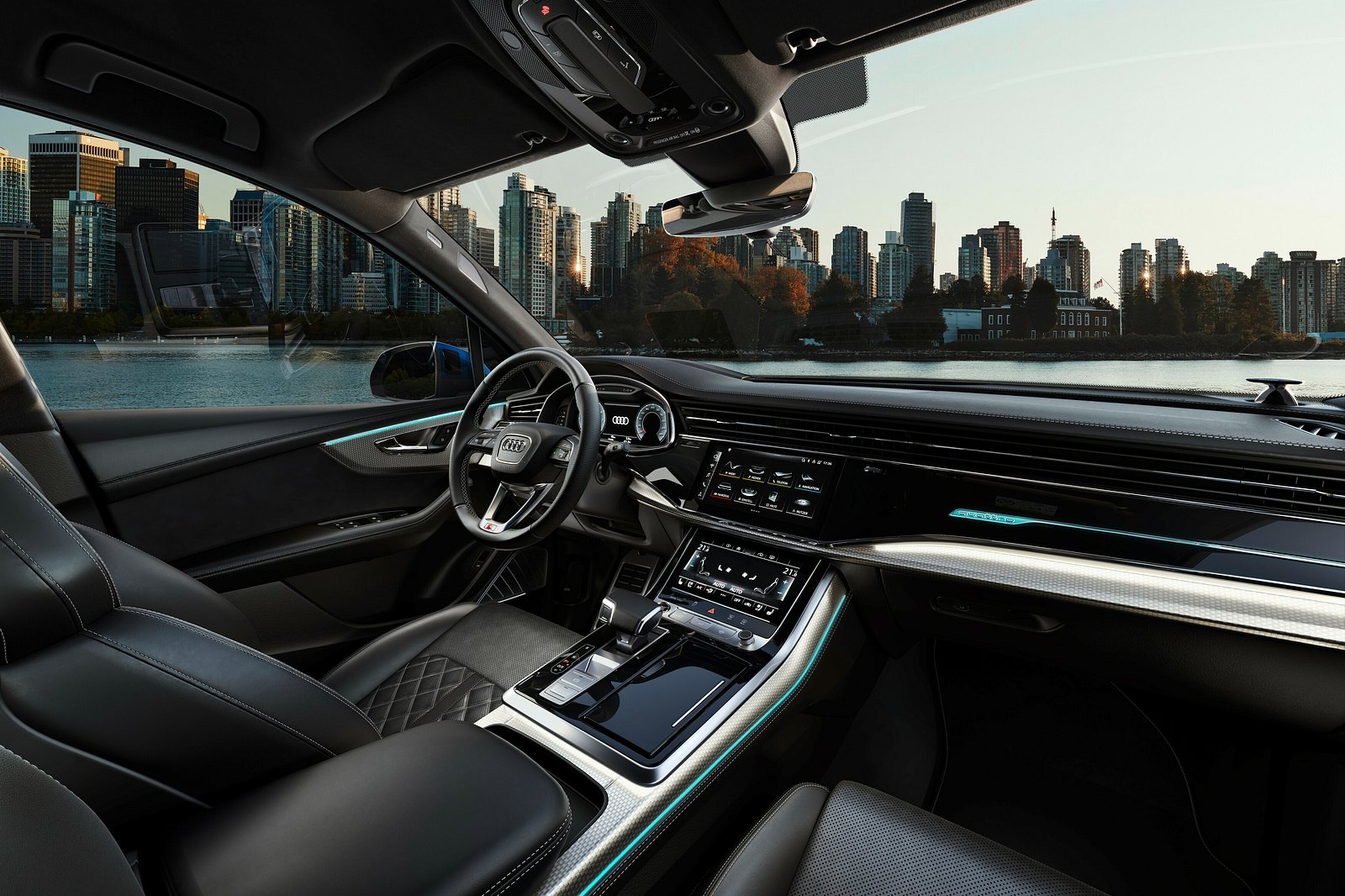
Unfortunately, it appears that Audi has not deemed it necessary to refresh their powertrain lineup. Although in Europe, drivers can choose from a range of diesel and gasoline options, which offer a decent output of 228-335 horsepower. However, the US market will miss out on diesel versions, but can expect to see the introduction of the Audi Q7 55 TFSI, equipped with a 3.0-liter turbo V6 engine and a 48-volt mild hybrid system, delivering 335 horsepower and 369 lb-ft of torque – surprisingly similar to the existing powertrain.
The SQ7 maintains its reliance on a 4.0-liter twin-turbo V8 engine with 500 horsepower and 568 pound-feet of torque, which remains unchanged from the previous model. Despite having the same power outputs, eight-speed automatic transmission, and all-wheel drive system, Audi boasts improved performance with a 0-62 mph acceleration time of 4.1 seconds. This is faster than before, as the previous model took 4.3 seconds to reach 0-60 mph, so it is likely that the new model will dip below four seconds.
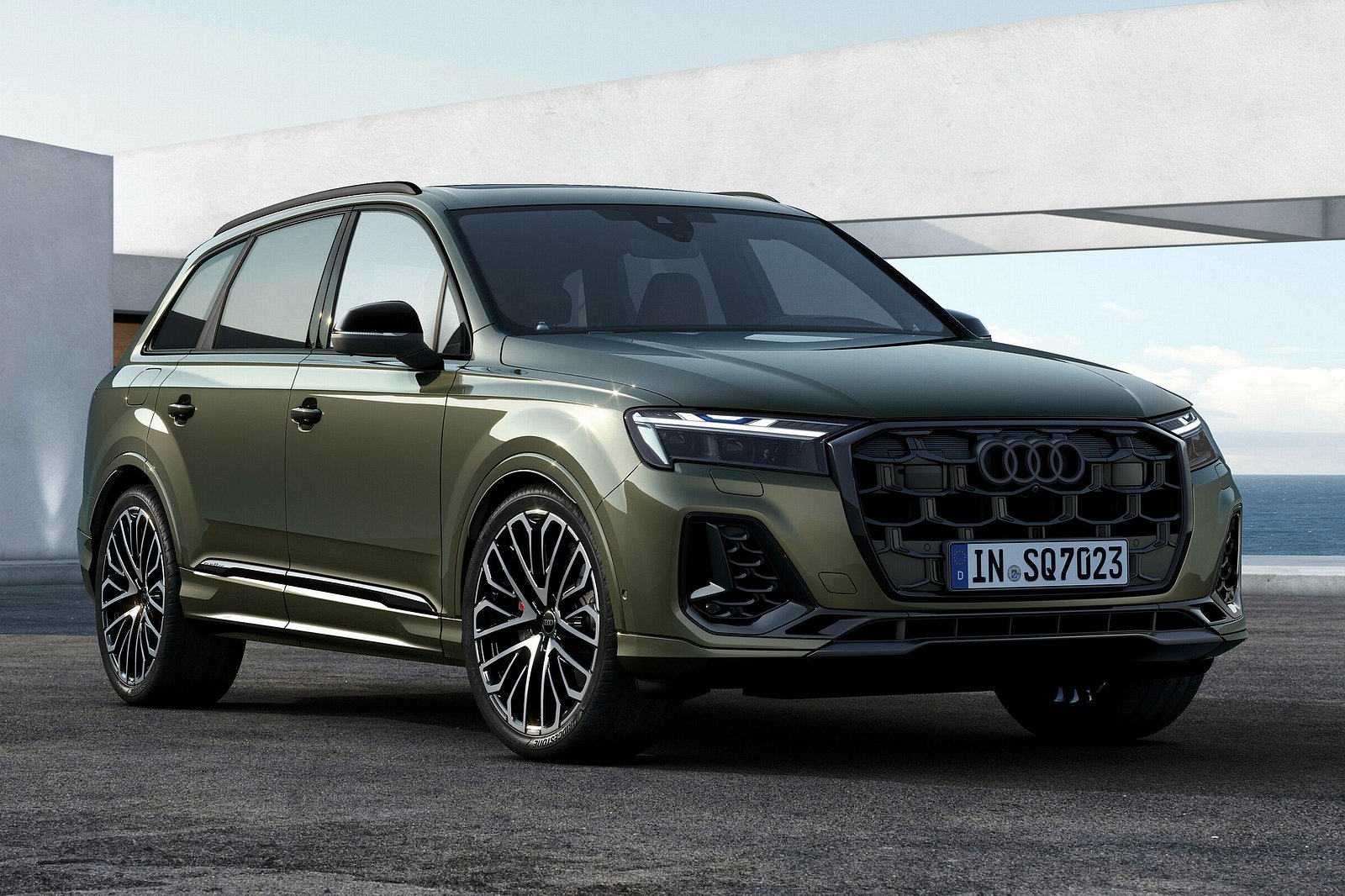
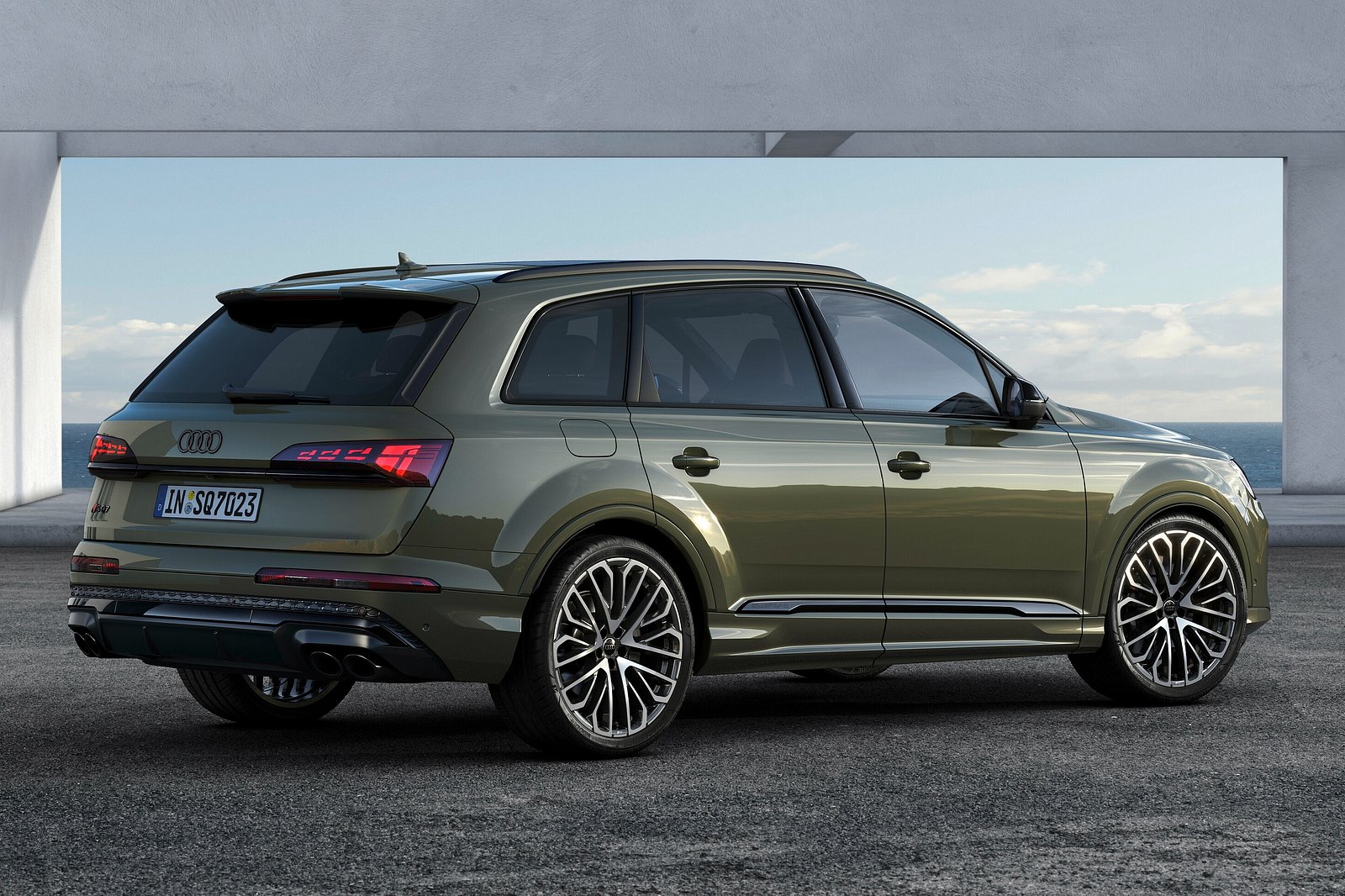
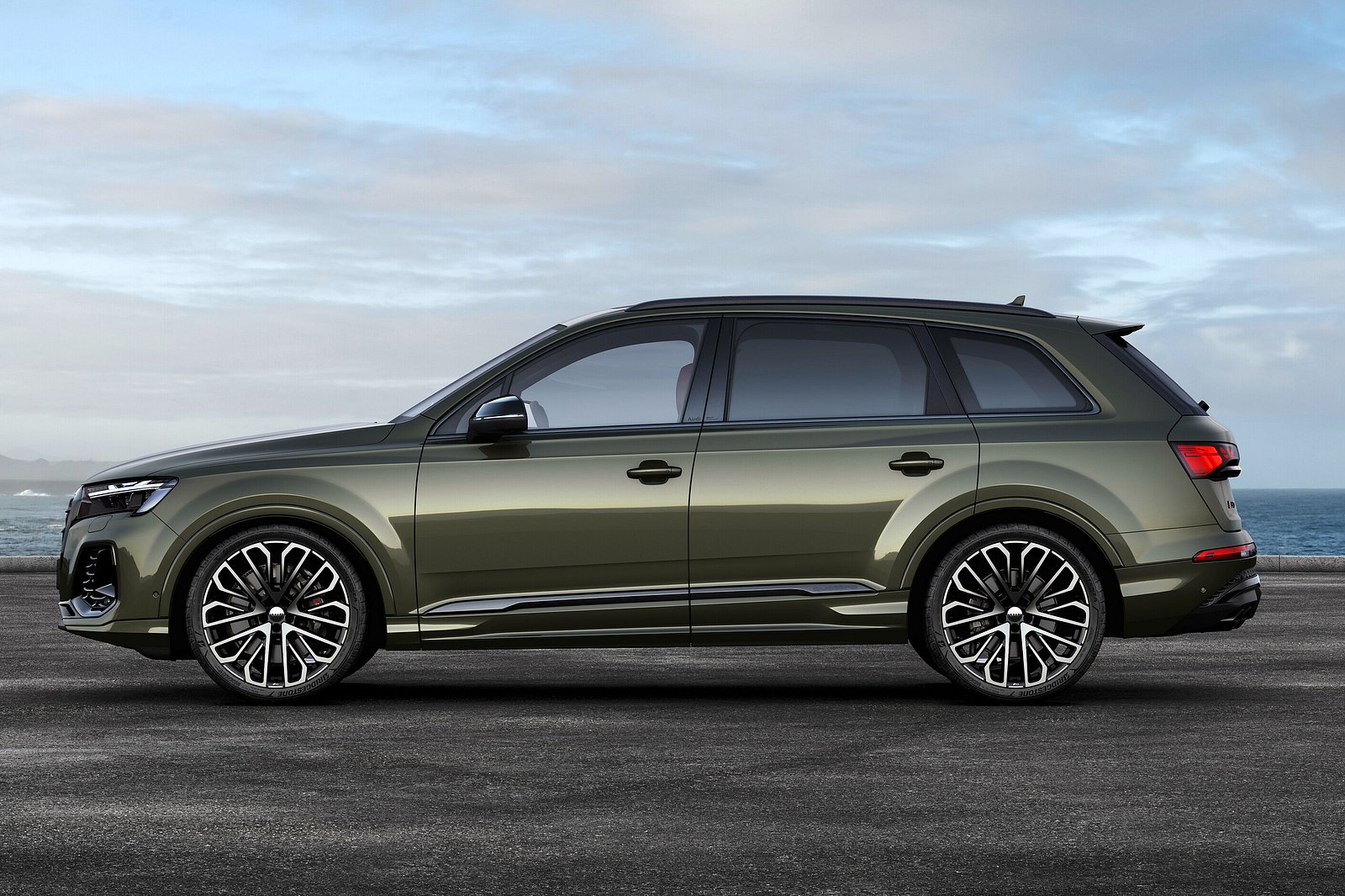
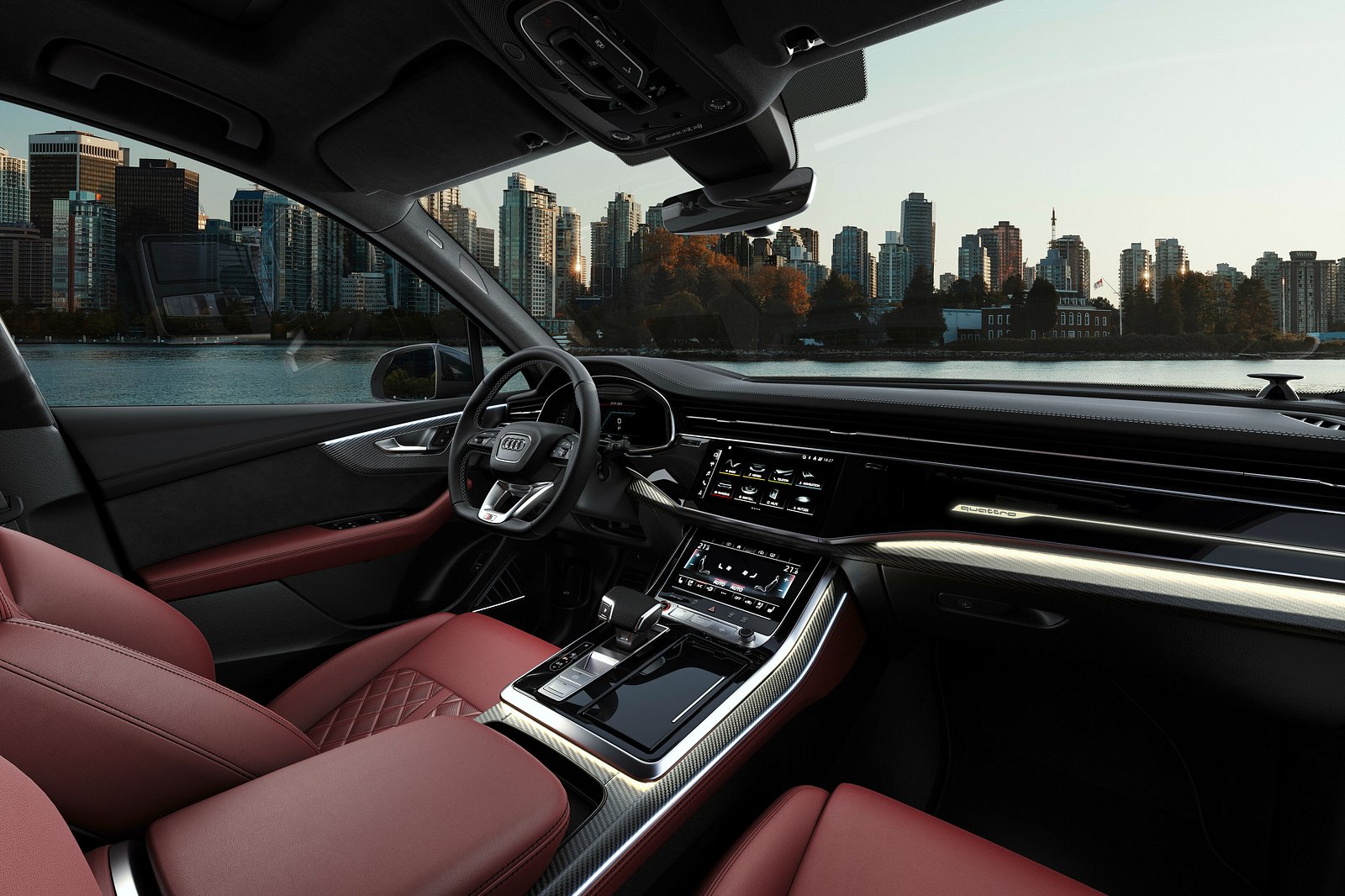
The mild hybridization system of 48 volts not only contributes to better fuel efficiency, but also supports the V8 through cylinder deactivation. Furthermore, it aids in controlling the electronically-controlled air suspension (which can be upgraded to an adaptive option) with a total adjustability range of 3.5 inches. Additionally, the vehicle offers the choice to equip optional rear-wheel steering, which allows for up to five degrees of movement and improves both stability and maneuverability.
One of the major advantages of the 48V system is evident when the Q7 and SQ7 models are fitted with the optional sophisticated suspension package. This feature offers a twin-clutch sport differential on the rear axle, allowing for torque to be shifted from left to right for improved torque vectoring. However, the most noteworthy aspect is the presence of electromechanical active roll stabilization (eAWS).
Made famous by brands like Rolls-Royce, eAWS reduces body motion by utilizing input from a variety of sensors. It manages both lateral and diagonal movements, as well as front-to-rear shifts on bumpy roads and during turns, ensuring the ultimate level of comfort. However, when pushing the SQ7 through winding terrain, the vehicle elegantly leans into bends, offsetting any potential body roll and increasing stability.
The entire spectacle moves forward with the help of 20-inch wheels that come as standard in SQ7 version. However, customers will have the choice to upgrade to bigger options, ranging from 21 to 22 inches. Enclosed within these wheels, the SQ7 boasts 400mm and 350mm front and rear brakes, respectively.
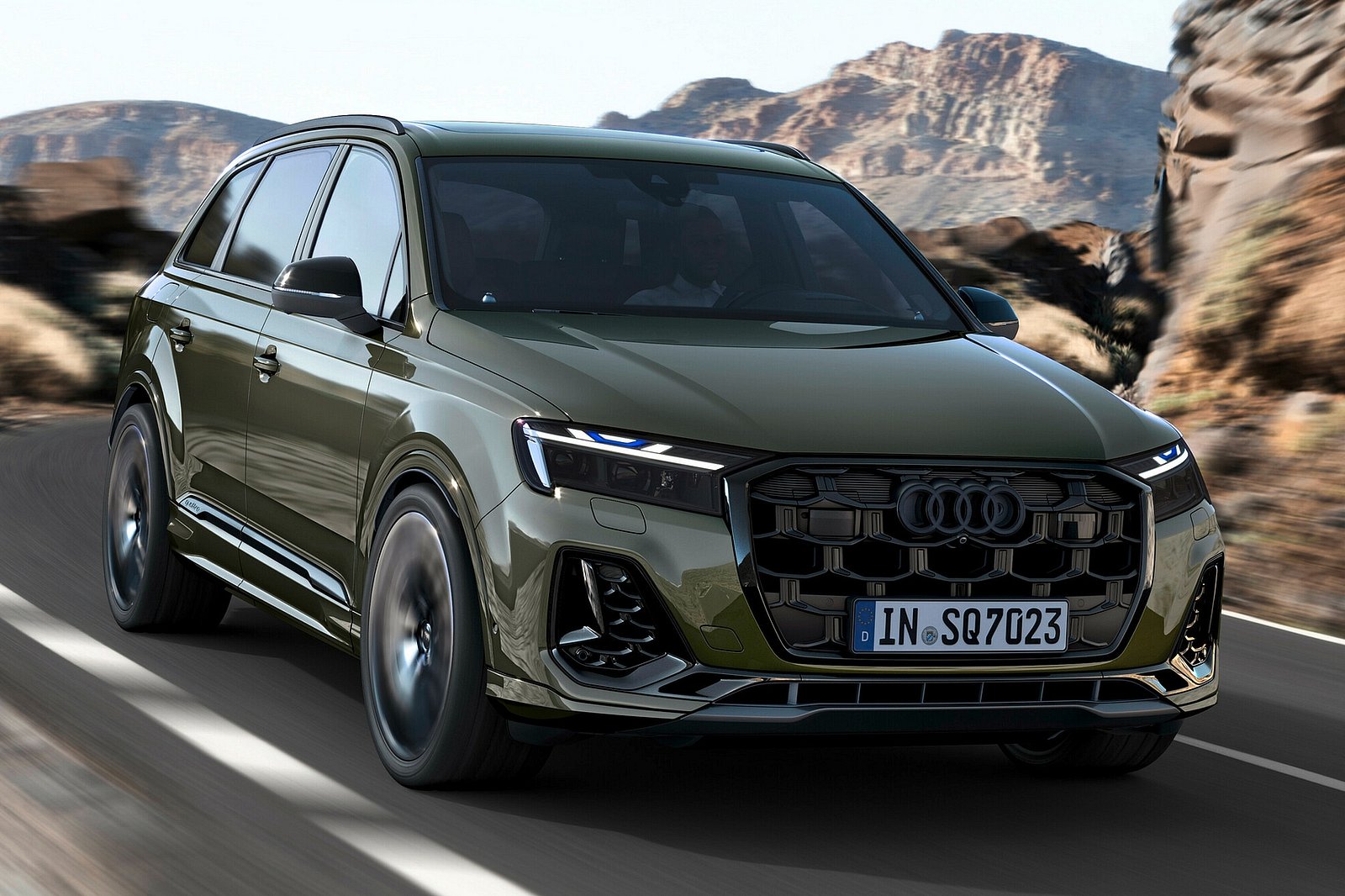
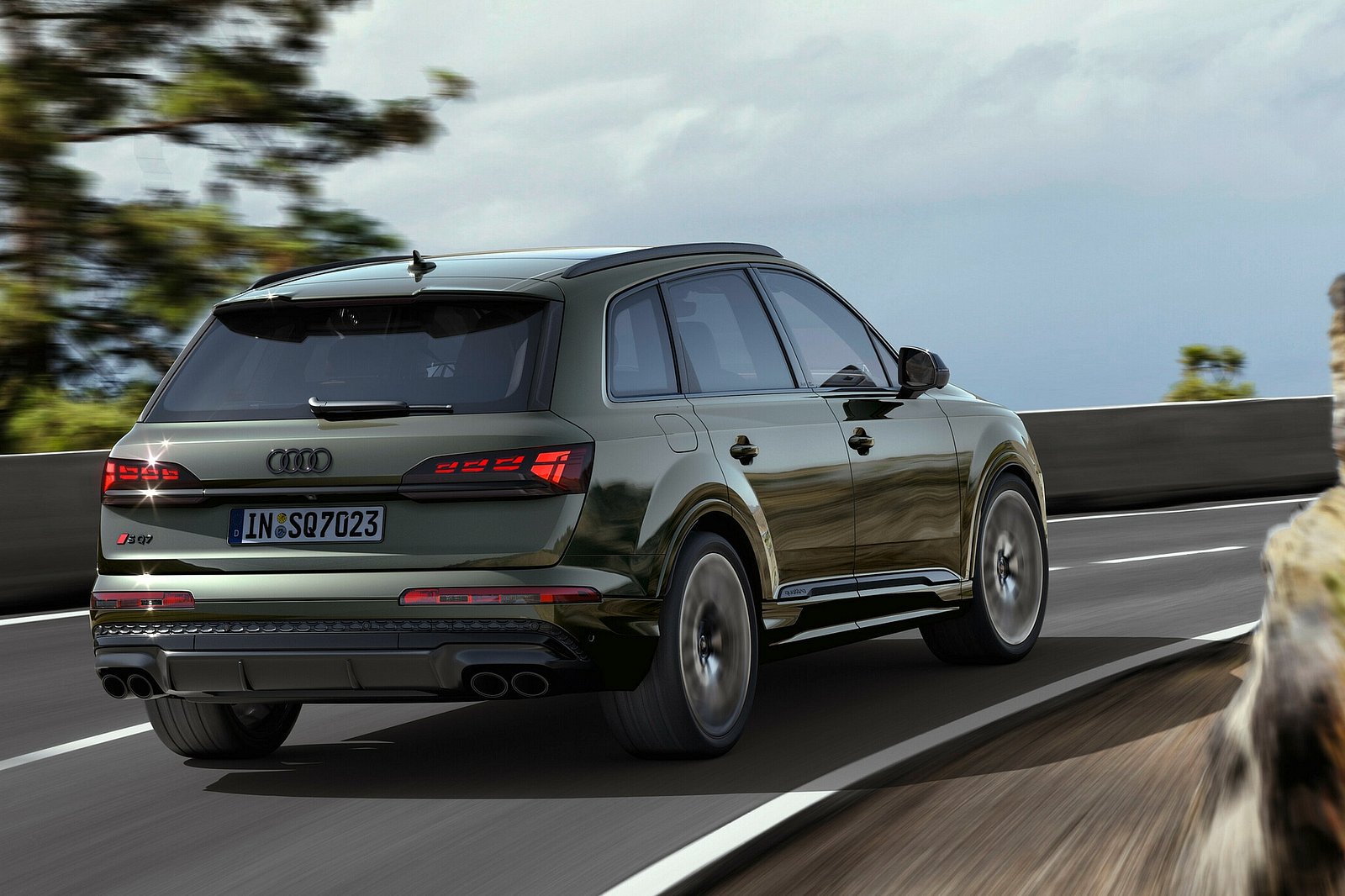


The inside of the car has undergone very few modifications, except for a couple of decorative tweaks. The seats now have an attractive grey stitching on the standard model, and there are now a total of nine options for the inlays. Among these are new choices like Natural Elm Burl Silver for the base model, as well as Matte Carbon Twill and Matte Brushed Aluminum with linear embossing for the S line and SQ7 versions.
Sakhir Gold, Ascari Blue, and Chili Red are the latest additions to the paint selection, giving a fresh look to the exterior. Additionally, the wheel options have been expanded with five new designs in sizes ranging from 20 to 22 inches. If you opt for wheels that are at least 21 inches, you can choose from high-end finishes such as Black Metallic, Gray Silk Matte, and diamond-cut Black Metallic.
The MIB3 entertainment system remains but now offers a wider range of applications, allowing users to directly access them from third-party providers such as Spotify and Amazon Music.
There have been no official announcements for US specifications, but it is reported that the Audi Q7 55 TFSI Quattro has a starting price of €82,500 in Germany, while the SQ7 starts at €112,000. However, it is expected that the American market will offer more bang for its buck, with the current SQ7 beginning at $90,400.
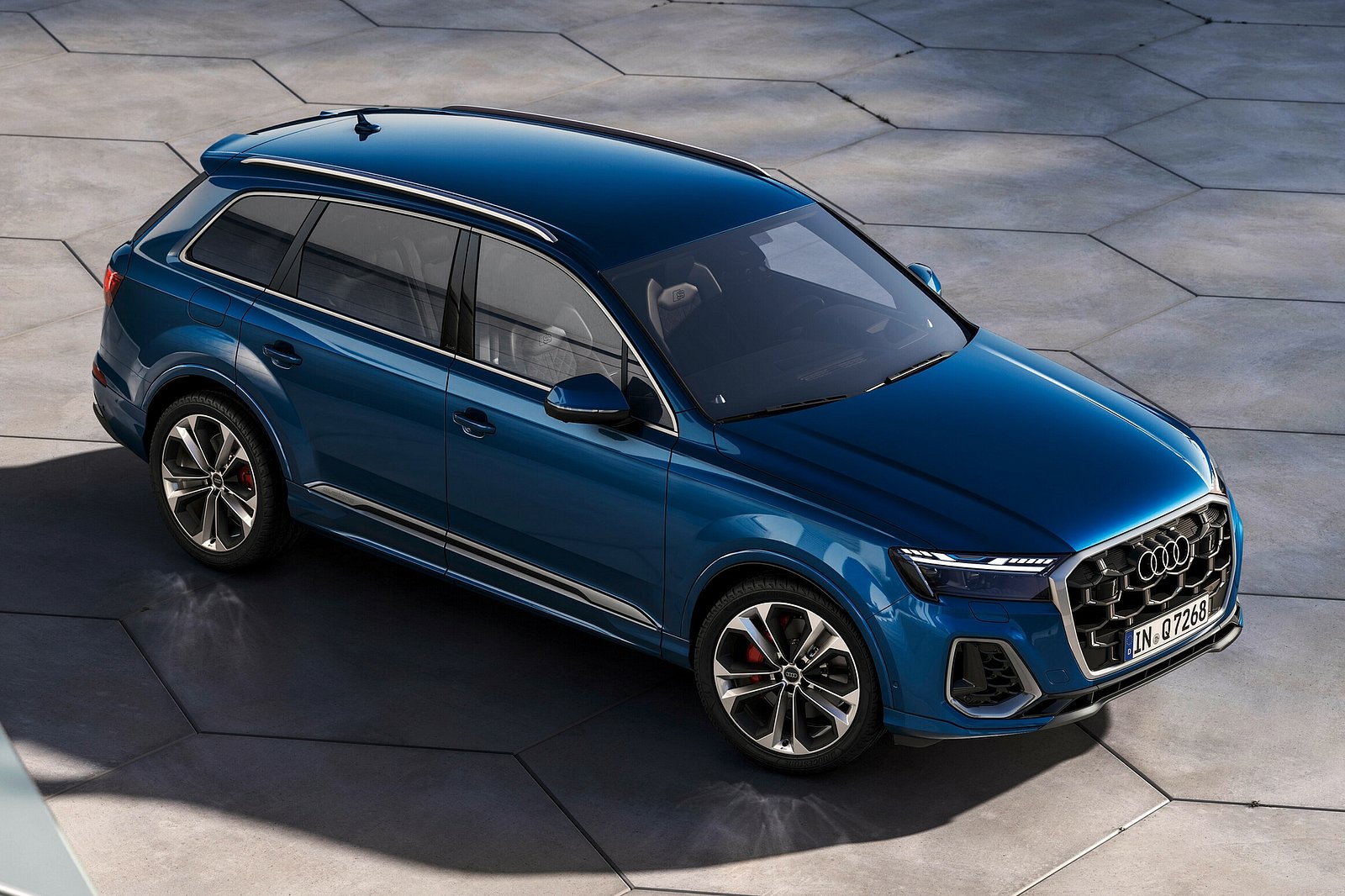
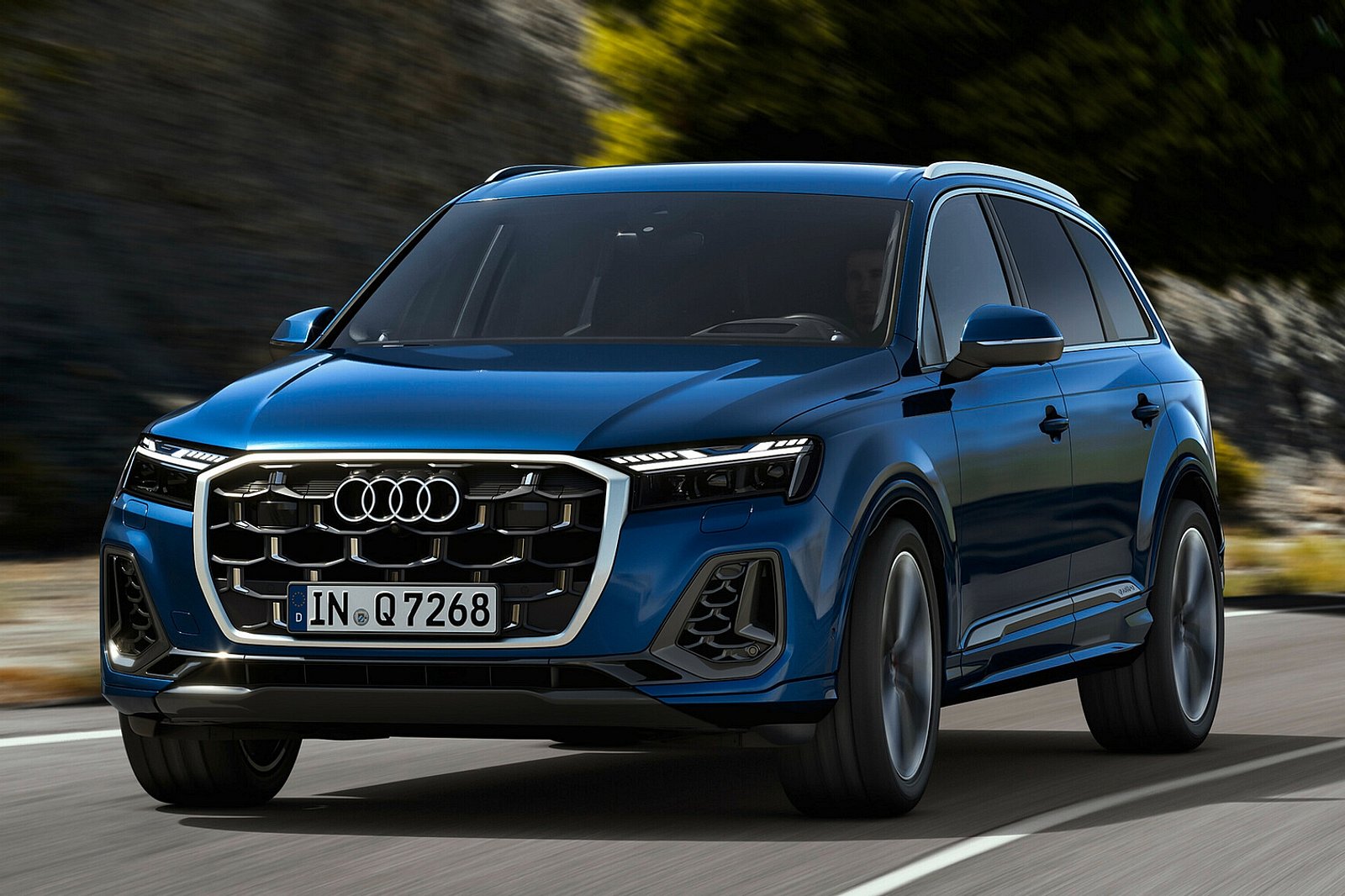


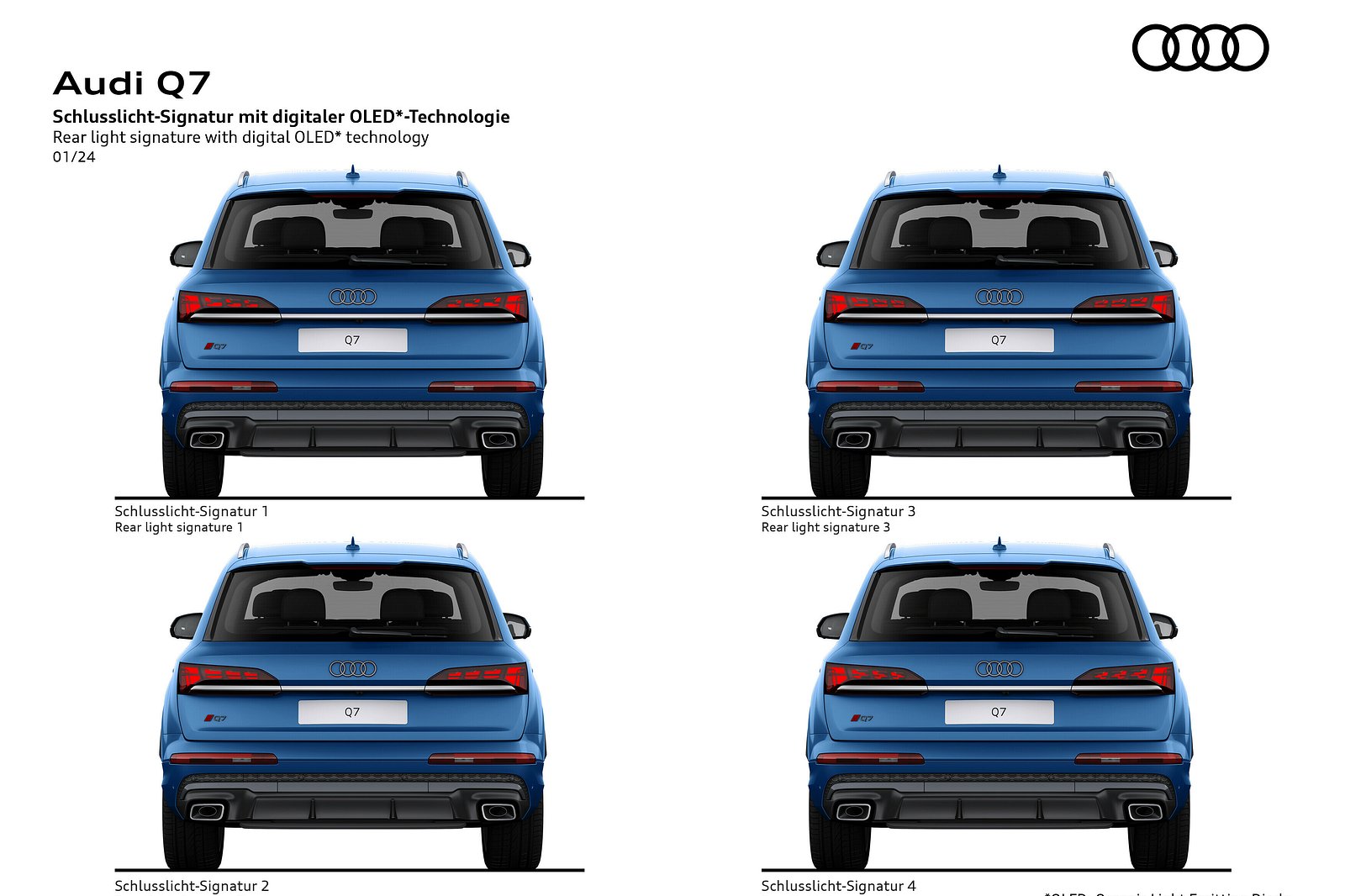


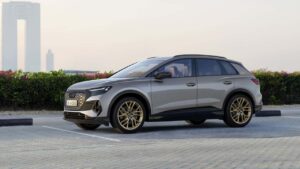

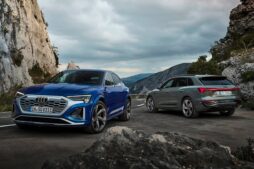
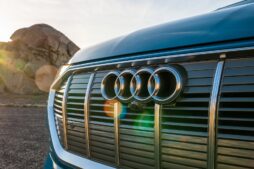
I like the helpful information you provide in your articles. I will bookmark your blog and check again here frequently. I’m quite sure I will learn a lot of new stuff right here! Good luck for the next!
Muchas gracias. ?Como puedo iniciar sesion?